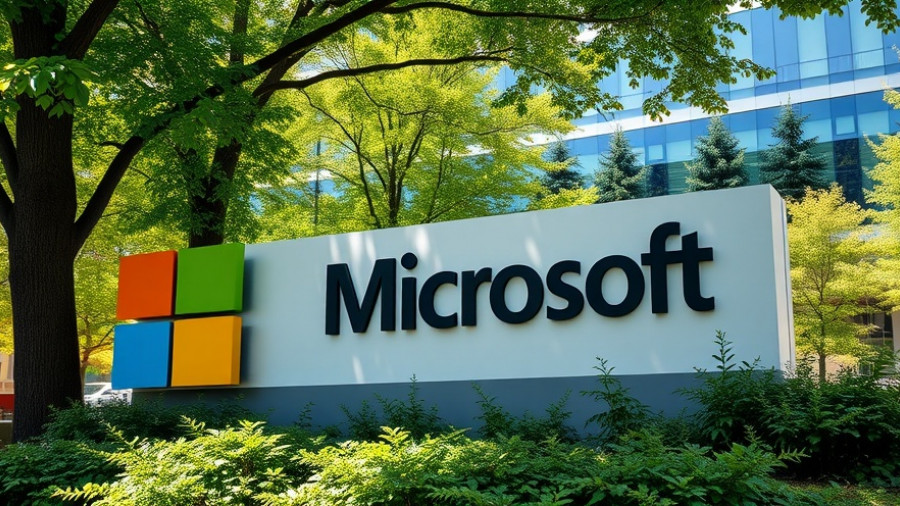
GPT-5: A Gentle Evolution in AI
As artificial intelligence continues to develop at a rapid pace, the introduction of GPT-5 promises not only advanced capabilities but also a fundamental shift in user experience. OpenAI has claimed significant upgrades, emphasizing not just improved performance but a greater inclination towards providing positive interactions. But what does this mean for AI enthusiasts and the future of human-AI engagement?
Enhancements and User-Centered Design
One of the most exciting aspects of GPT-5 is its enhanced user-centered design. This version reportedly prioritizes user satisfaction and empathetic responses, an evolution from previous models that were often seen as utilitarian. This transformation could lead to a more seamless and enjoyable interaction with AI, effectively bridging the gap between human emotion and machine logic.
The Broader Significance of AI Friendliness
The notion of 'nicer' AI isn't just about politeness; it reflects a broader trend towards emotionally intelligent machines. The ability of AI to understand and respond to human emotions enhances its applicability in various fields, from customer service to mental health support. As AI systems like GPT-5 embrace emotional context, they have the potential to reshape professions that rely heavily on human interaction.
Implications on Technology and Society
GPT-5's advancements echo larger societal shifts regarding trust and reliance on technology. The expectation that AI can be both functional and friendly aligns with a growing demand for ethical AI, driving developers to create systems that prioritize user experiences positively. This trend is a direct response to concerns regarding the implications of AI on personal and societal levels, suggesting that as technology grows smarter, it must also become more attuned to human needs.
Counterarguments: Not All AI is Nice
While many celebrate these enhancements, it's vital to recognize potential downsides. Critics argue that an AI programmed to be overly 'nice' might inhibit honest conversations, particularly in scenarios requiring critical feedback or truthful discourse. The discomfort surrounding this can be likened to navigating a conversation with someone who avoids conflict, highlighting the need for a balanced approach to AI interactions. Developers must ensure that efforts to make AI friendlier do not compromise its utility.
Future Trends: AI’s Evolving Role
Looking ahead, the integration of friendlier AI like GPT-5 could set new standards within various industries. As businesses begin to embrace these emotionally aware systems, they must also consider the necessary training for users to navigate this new landscape. This means not only understanding the technology but also adapting to its implications on workplace dynamics and human interaction.
Conclusion: Navigating the Nuances of AI Progress
In conclusion, while GPT-5's promised enhancements seem favorable, they prompt critical questions regarding the role of AI in society. With every advancement comes a need for reflection on its implications and the way we interact with technology. AI enthusiasts are encouraged to explore these changes actively, considering both the positives of enhanced emotional intelligence and the ongoing need for critical engagement in technology. As we navigate this evolving landscape, staying informed and engaged is essential for embracing the future of AI responsibly.
For those interested in the latest trends and innovations in AI, now is the perfect time to dive deeper into the developments surrounding GPT-5 and its implications for a wide array of applications. Stay tuned for more insights as we continue to explore this dynamic field.
 Add Row
Add Row  Add
Add 




Write A Comment